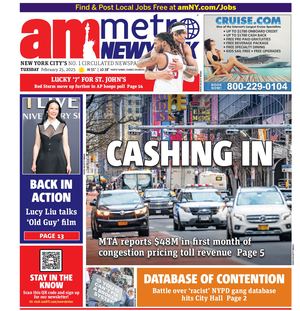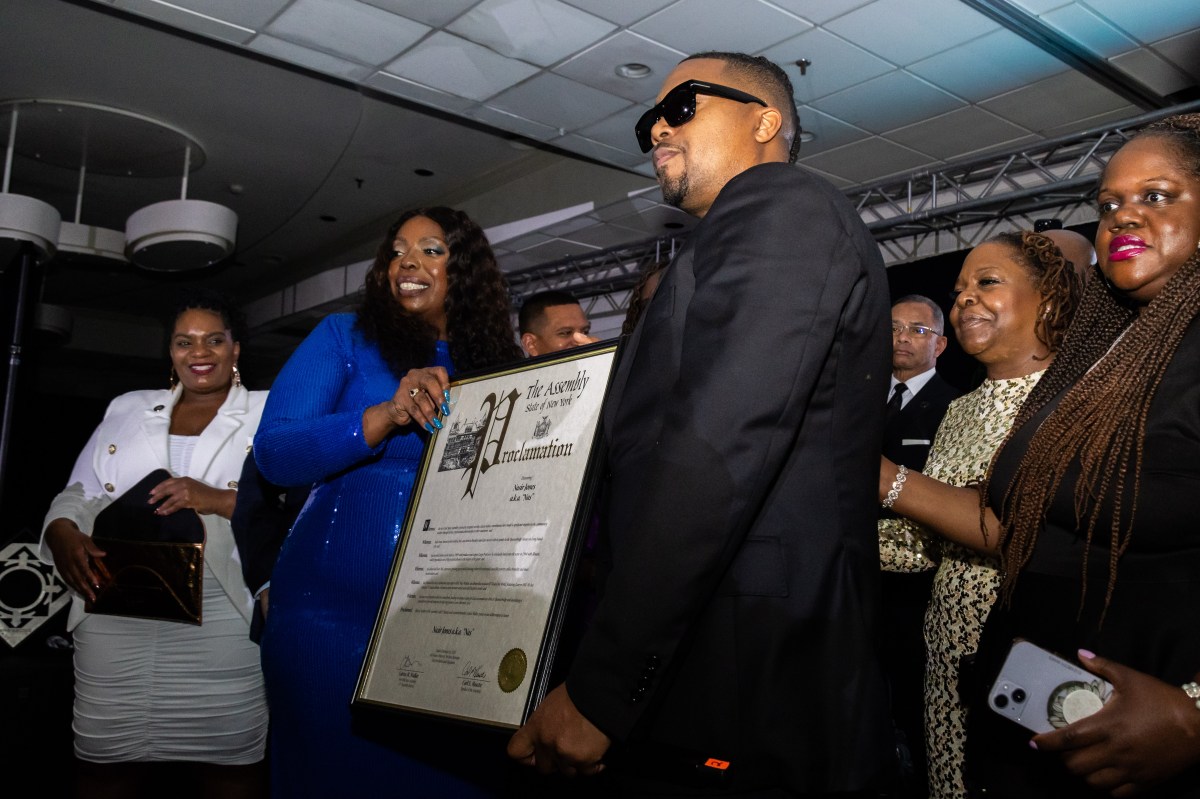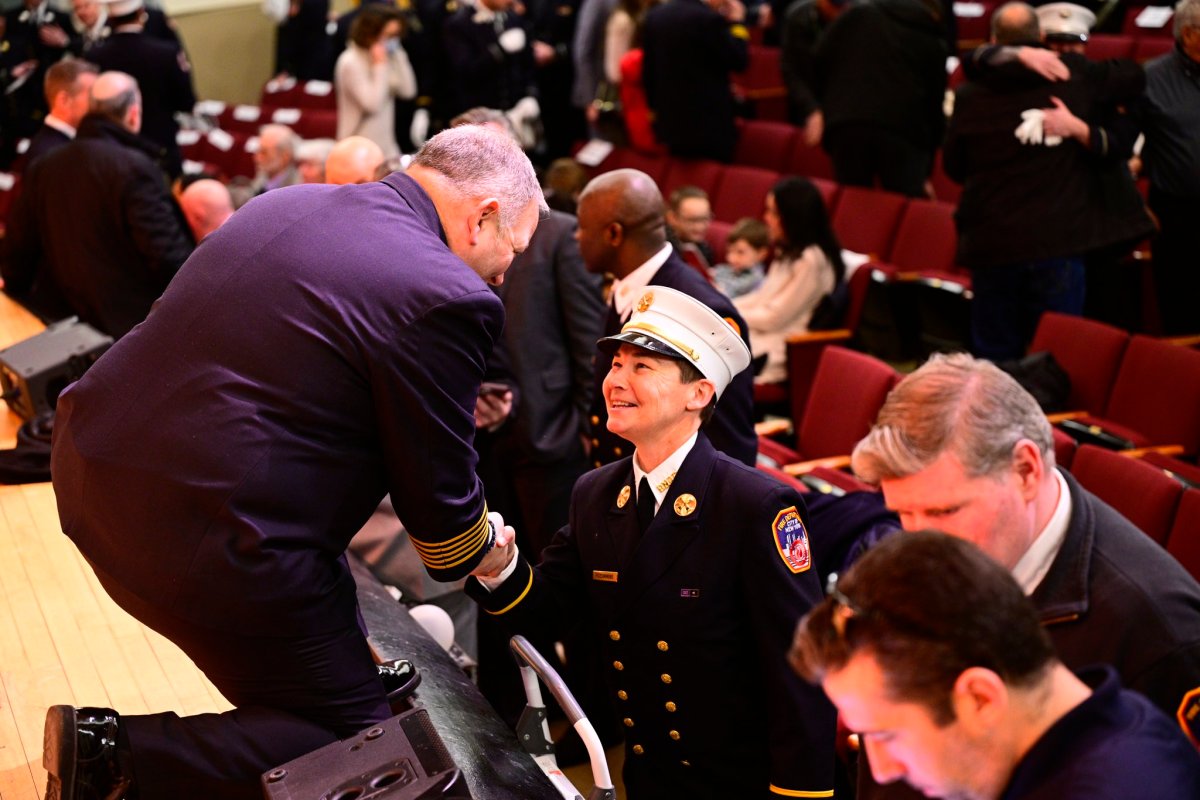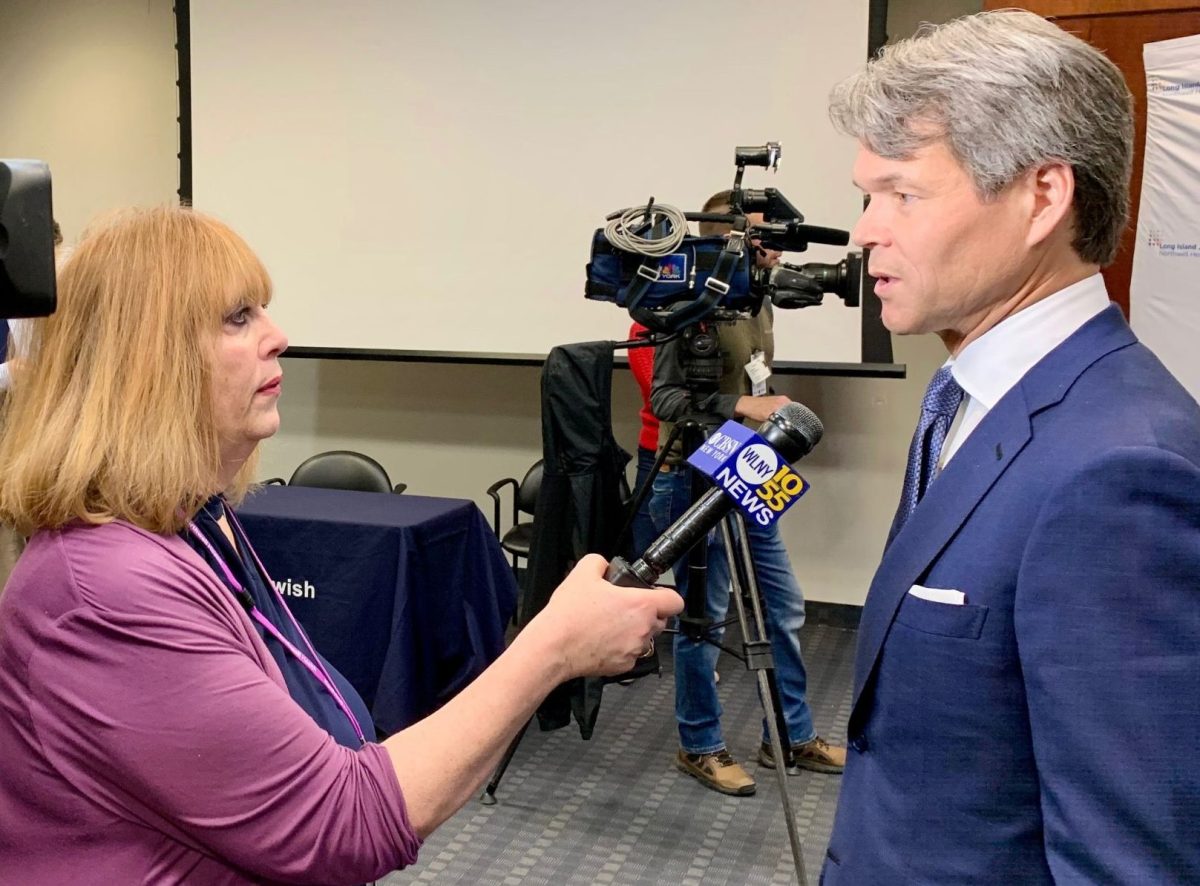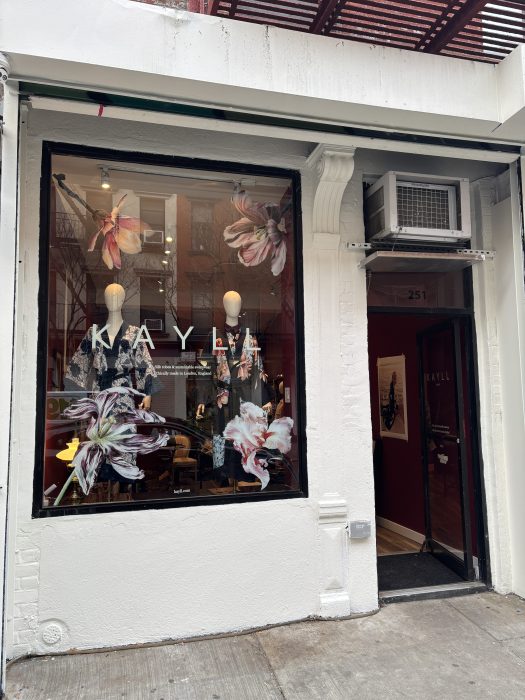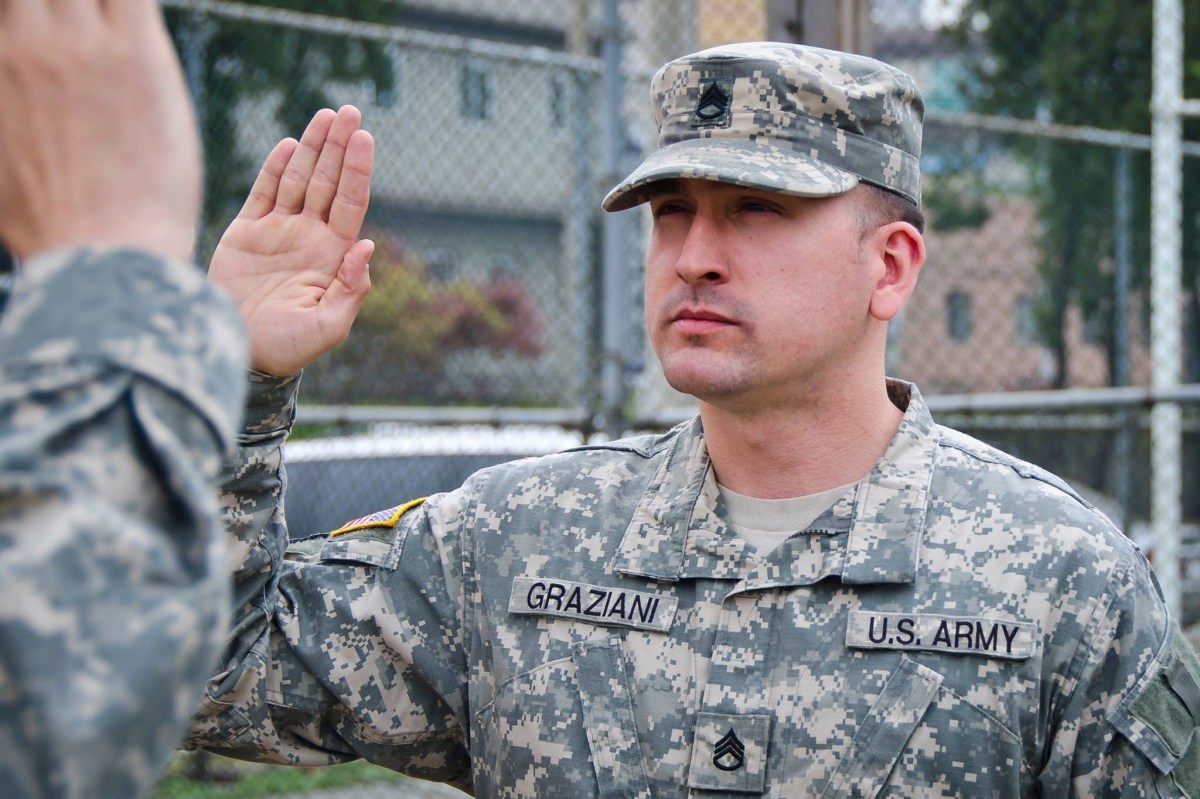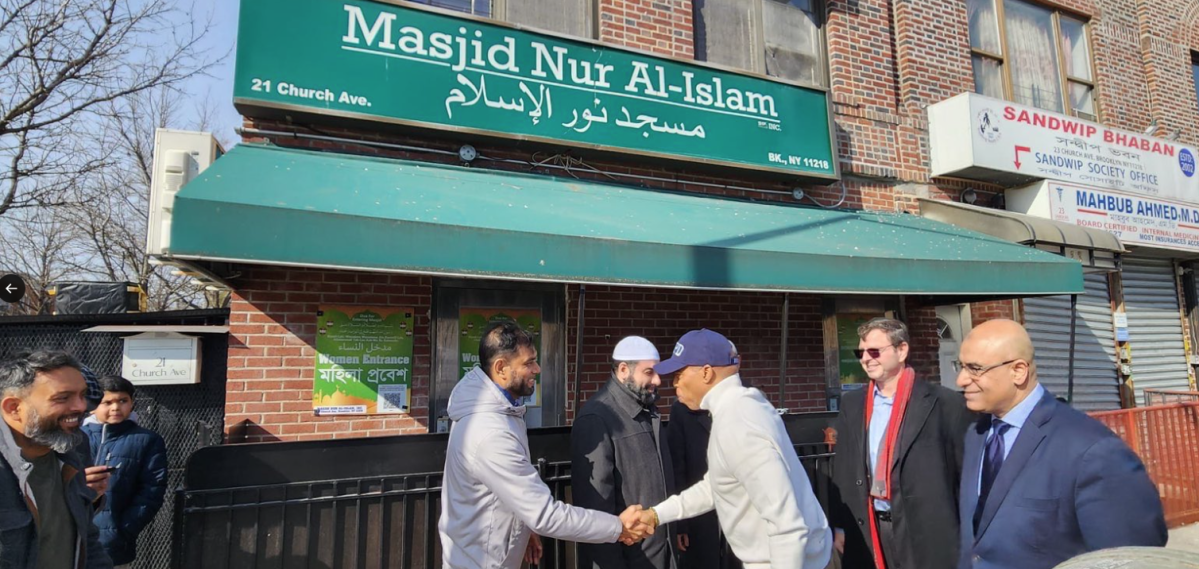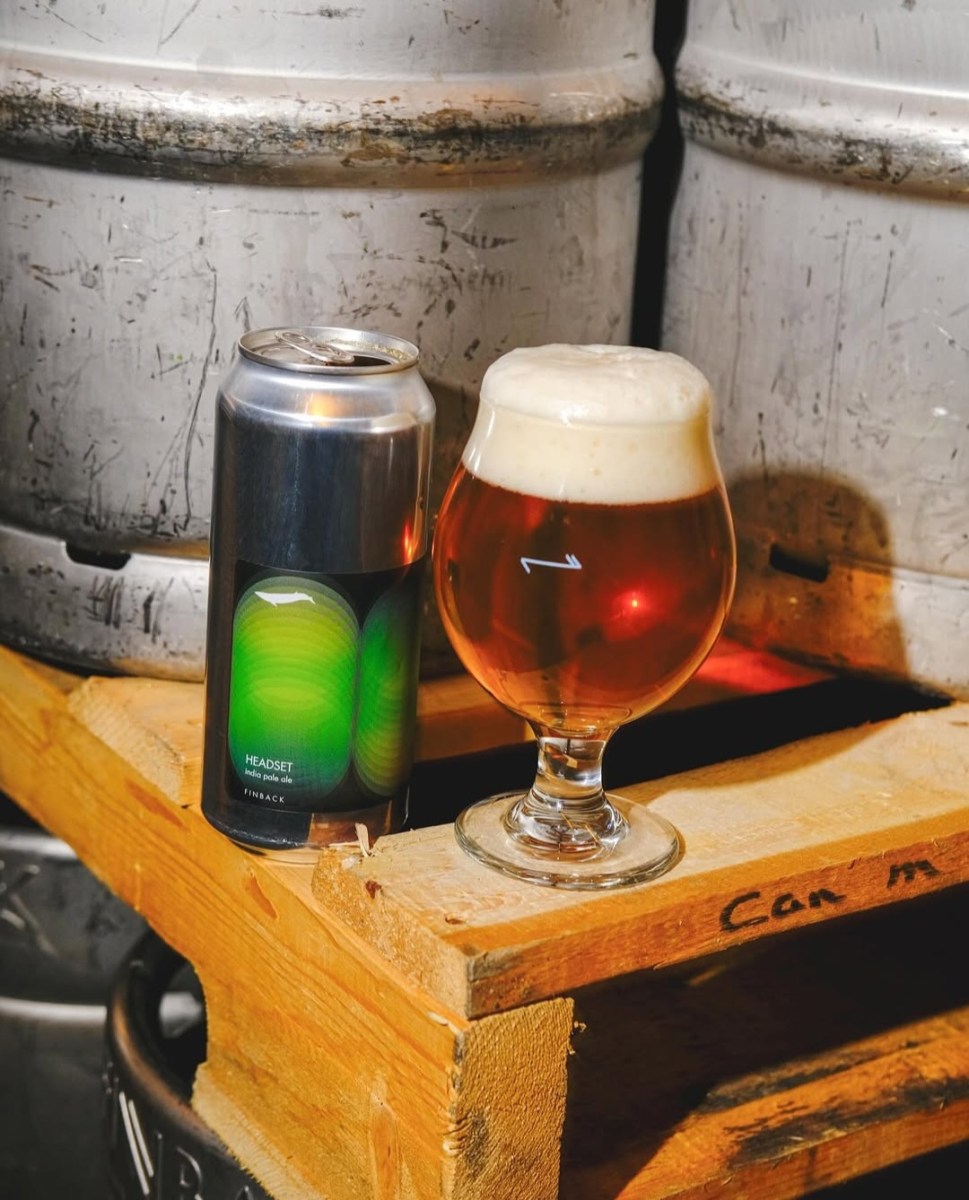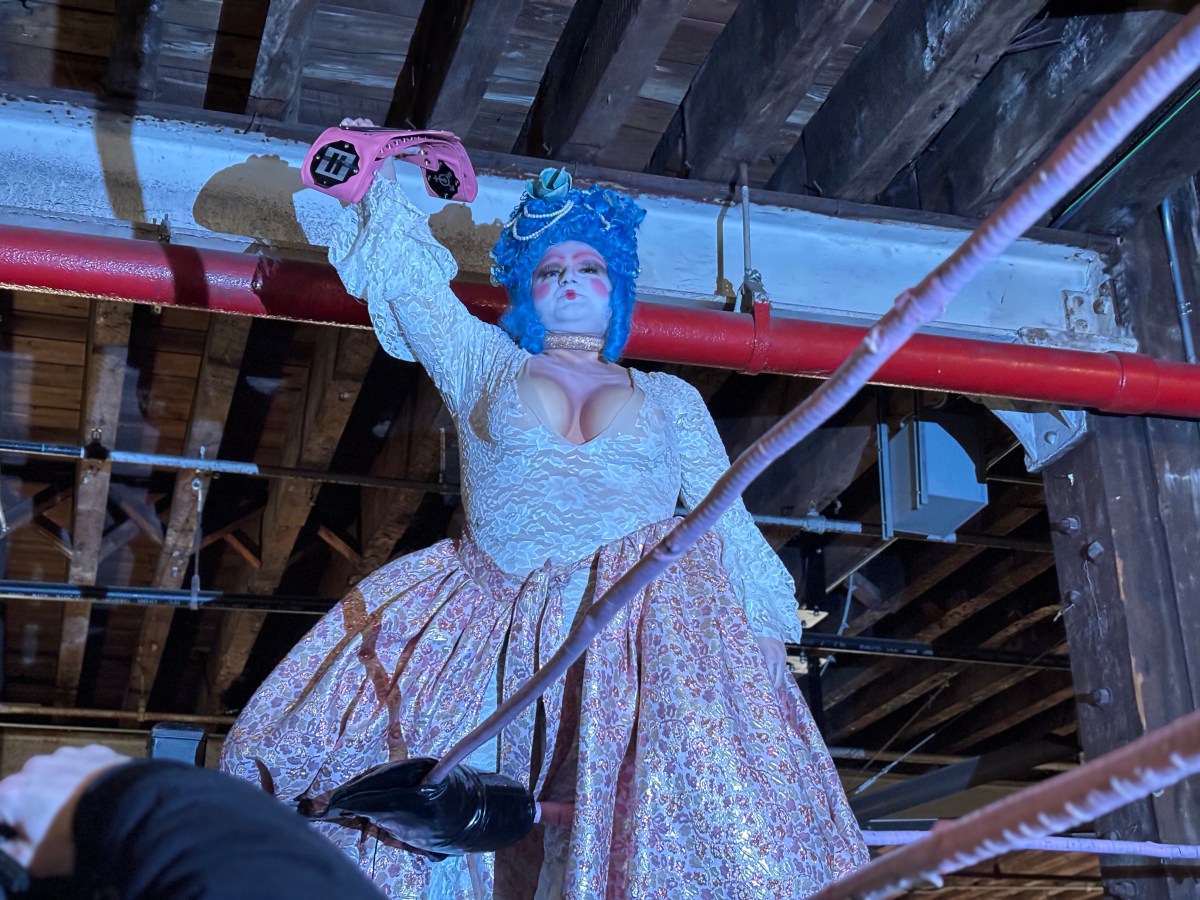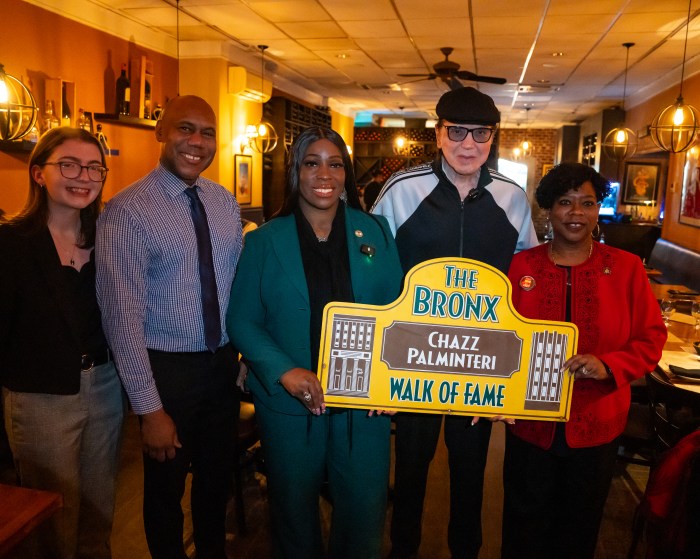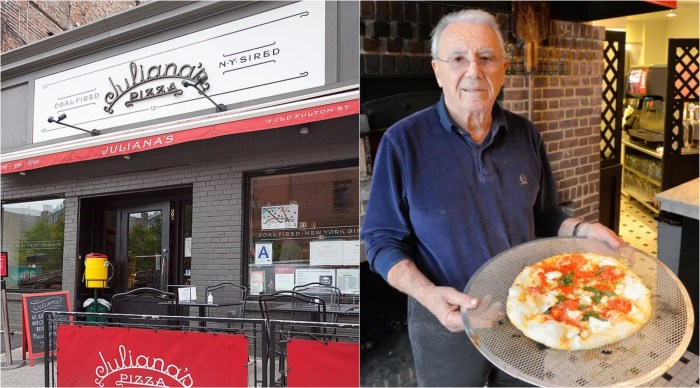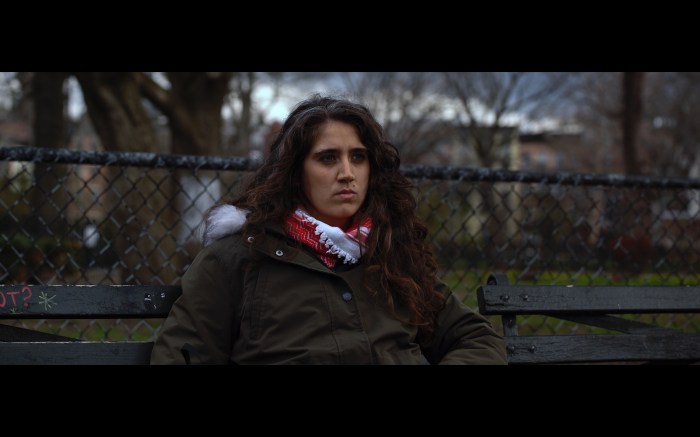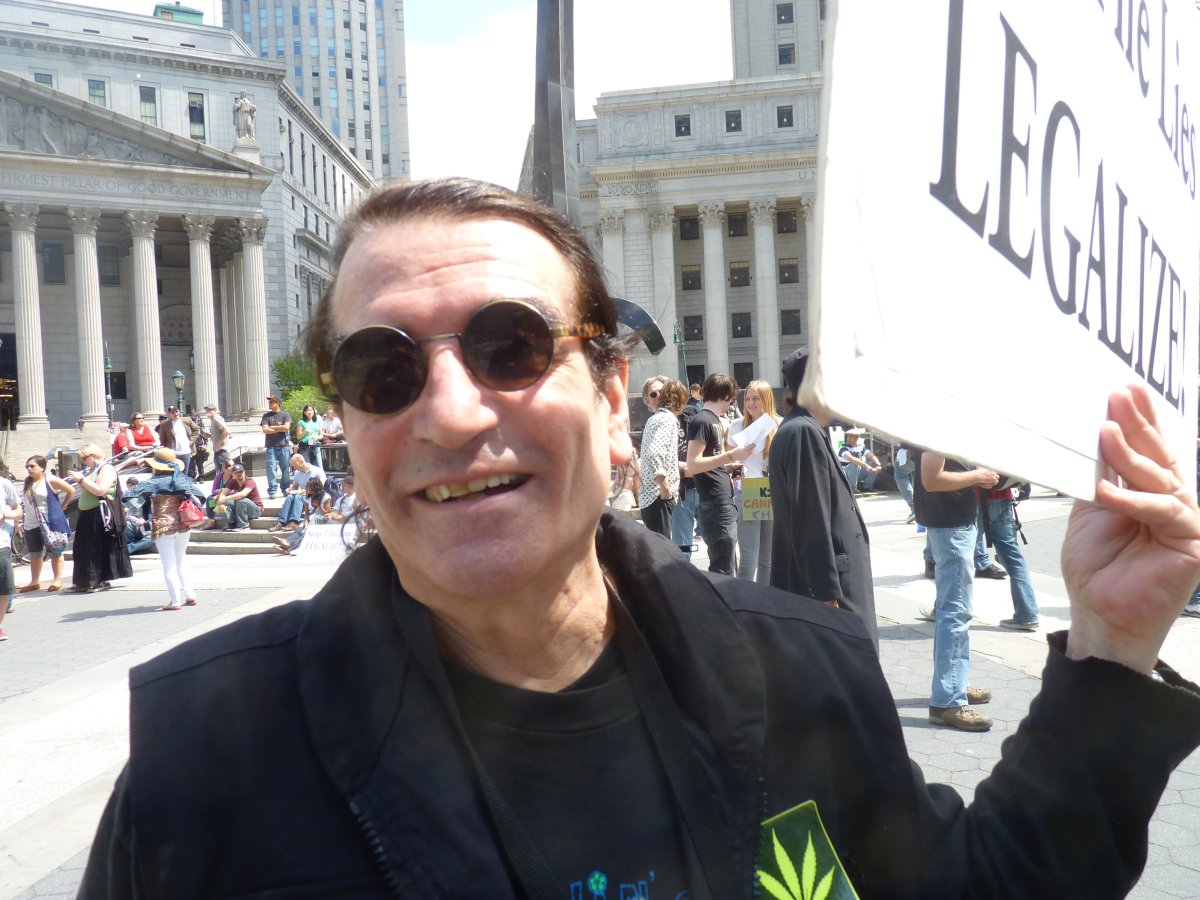
BY PAUL DeRIENZO | I first heard of David Peel, who died April 6 following a heart attack at the age of 74, when I was given a copy of “Lillian Roxon’s Rock Encyclopedia” for my 13th birthday by my rocker uncle. In the pre-Internet world, its pages were my bible, turning me on to The Fugs, Frank Zappa, the Grateful Dead, Jefferson Airplane and The Doors. But one of the hundreds of groups listed stood out.
Maybe it was the name of the album, “Have a Marijuana,” published by Elektra Records, that caught my eye, or the cover art of a Revolutionary War-uniformed madman leading an assault on a tenement-lined street on another album, “The American Revolution.” I knew I had to have “Have a Marijuana” and I searched it out in the bargain bin of the record department at a store in a local shopping center. That record changed my life forever.
Years later, I was sitting at the Yippie headquarters, at 9 Bleecker St., when a boisterous hippie leading an entourage swept into the dank first floor where bands would sometimes store equipment before gigs at the Yippie-run club across the street at Studio 10. Someone — maybe “The Pieman,” Aron Kay, or Jerry The Peddler — introduced me to David Peel. He sported a cutoff jean jacket covered with political buttons, John Lennon tinted round glasses and long straight black hair.
“Hey David,” I said, “I almost got kicked out of my house when I played your song ‘Up Against the Wall,’ ” with the word ‘motherf—er’ completing the thought. I expected that he’d laugh but David turned to me and said with a scowl, “You know how many people say that to me?”
Soon we were very good friends and David and others would hang out at a big loft I rented for years in the middle of what was then a drug zone on E. Third St. near Avenue D. I ran sort of an R & R for squatters where folks could get a shower and hang out, smoke a joint and drink coffee, Cafe Bustelo, black. We organized protests against President Ronald Reagan, to bring cops to justice who killed our friend Michael Stewart and Eleanor Bumpers, a lot of political things. David was always there in the middle of events, providing the soundtrack. He was a great Yippie strategist, too.
I really got to know David after the police rioted in Tompkins Square Park in the summer of 1988. Talk about “Occupy.” We occupied Tompkins Square Park for three years with a homeless encampment and weekly punk rock shows. David Peel, together with other great radical musicians, like Moogy Klingman and Don Houston, would serenade the community as we confronted the armed might of the New York Police Department on many long summer nights. David would be in the middle of Avenue A as the community blocked traffic and protested the latest outrage against the homeless people in the park. I had a radio show on WBAI at the time and David was a guest arriving with his coterie of fellow musicians. He showed up one evening with Sam Andrew, the lead for Big Brother and the Holding Company, which had been Janis Joplin’s first band.
David — who was born David Michael Rosario — traveled easily in the world of rock star celebrity. He loved telling the story of how the F.B.I. mistook him for John Lennon after a benefit in Ann Arbor for White Panther leader John Sinclair, who was famously facing 10 years for possession of one joint of marijuana. A handbill with a picture of David under a cartoon balloon saying, “The Pope smokes dope,” was circulated to the cops as a photo of Lennon, despite F.B.I. headquarters warning that they didn’t know what the Beatle looked like. David said it was “rock’s greatest flattery” to confuse him with Lennon, whom he idolized.
It was through the Yippie leaders Abbie Hoffman and Jerry Rubin that John Lennon and David Peel met and began their collaboration. The fateful meeting happened in Washington Square Park, where David would hang out playing to raptured fans, street people and tourists. Peel was railing against people spending their money on “rock celebrities” as John and Yoko hung at the edge of the crowd. Lennon later said, “I thought he was talking about me.”
Later, David and his ever-shifting band would be signed to Lennon’s Apple Records label and appear on an album with the ex-Beatle and Yoko Ono and the Plastic Ono Band. David would start his own label, Orange Records, which would release an album for GG Allin, an iconoclast punk poet of a later age. Although largely forgotten outside the Lower East Side, David’s music experienced a resurgence of interest in Germany and Japan, and he was at times able to live from the royalties from his album sales.
Songs like “I Like Marijuana,” “Up Against the Wall,” “Lower East Side” and “Hey, Mr. Draft Board” were three-chord ballads of individual liberty and humanism. Armed with his guitar, Peel was a veteran, both of the U.S. Army and the people’s army and his experience taught him to hate war and love humanity.
David was a regular at Occupy Wall Street in Zuccotti Park, leading musicians in a nonstop drum circle during the two-month occupation. The former Yippie Museum and Cafe, at 9 Bleecker St., was also transformed into a coffee shop and sometime H.Q. for Occupy, with an almost nonstop open mic, where bands and musicians would entertain between political speeches for days on end. David Peel and his Lower East Side Band, featuring Gabriel Don, Koshek Swaminathan, Mick Davis, Joff Wilson and others who came to sit in with the group, would be regular guests. When asked by a New York Times reporter how long he planned to keep singing, David said, characteristically, “until the day I drop dead and go to rock ’n’ roll heaven.”
I’m sure if there is a rock-and-roll heaven, David will be strumming along.
